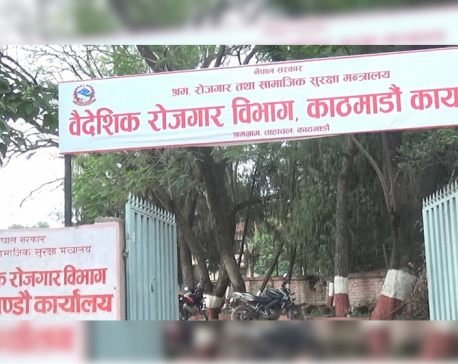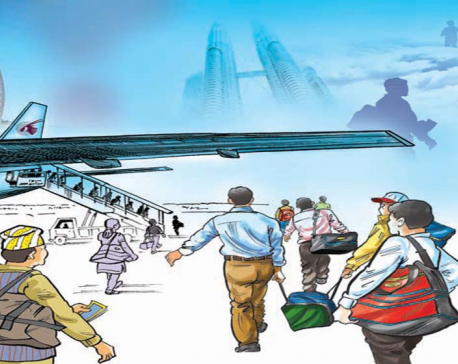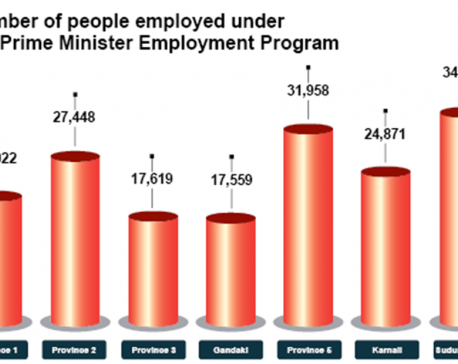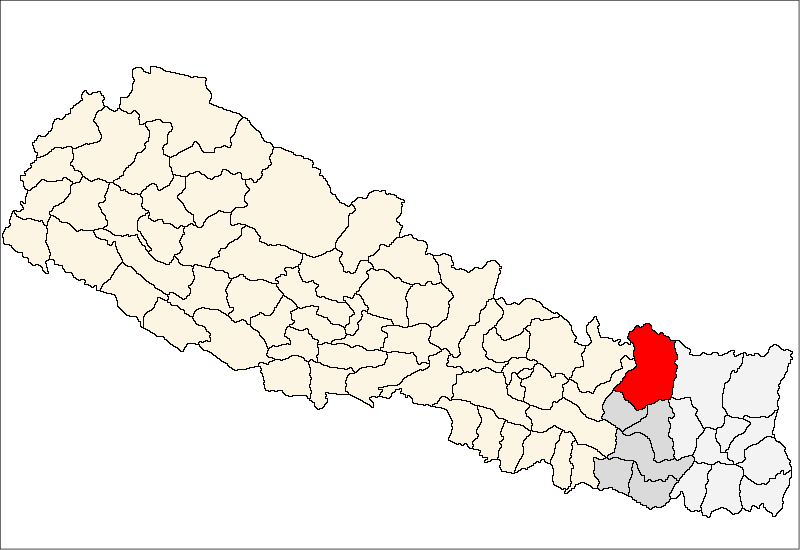
OR
Opinion


Rabindra Singh
The author is Team Leader for skills development project in Helvetas Nepal. Views expressed here are personal.news@myrepublica.com
More from Author
Why are youths leaving the country? I asked the question to a class of pre-diploma level students in Saraswati Higher Secondary in Ghorahi, Dang.The answer was spontaneous and unanimous – because there are no opportunities in the country. I wasn’t surprised by the response as it has been the popular narrative in the country. However, I was really baffled when I later talked with the entrepreneurs at an Auto Village in the sub-metropolitan. Durga Khatri, immediate past president of the Auto Village and the owner of one of the service centers in the village, shared that 40 percent of 560 workers working in the auto village are Indian and they earn at least 50% more than their Nepali counterparts. I asked him why they employ Indian workers at higher salary while our youths are leaving the country for meager earnings. He said some of the jobs require polished skills and they do not find people possessing such skills in Nepal.
It is a representative case of skills mismatch in the country. Every day more than 1700 youths leave the country for the foreign employment. On the other hand, our enterprises and industries are struggling to find skilled workers in the county and have been filling the skills gap from the neighboring country India. An estimate suggests that 6 to 8 lakhs Indian workers work in Nepal in various sectors. As per a world Bank report, Indian workers sent about 301 billion rupees to their country, in 2017. In the year, 25 to 30 lakhs Nepali working in India sent only 103 billion remittances to Nepal. The figures show that we are exporting unskilled labor and importing high skilled labor from India. The figures also belie the popular narrative that there are no opportunities in the country. There are opportunities in the country, however, the opportunities elude the youths due to skill mismatch.
Education system is failing young people
The education system in Nepal is largely responsible for mismatch in the skills and unemployment in the Country. Our education system is still based on classical education philosophies. It is largely influenced by the idealist philosophy of education. It values the cognitive development of children more than the skills development. It teaches abstract philosophies, theories, and principles. The students just need to regurgitate the information to pass the examination rather than demonstrate any skills. Hence,it doesn’t help the youths to develop life skills. It also doesn’t provide the youths with the skills that are in demand in the market as there is a disconnect between the education system and the employment system. The education system doesn’t respond to the needs of the dynamic employment system and the employment system doesn’t trust the education system. Likewise, our education system also doesn’t appreciate the interest and the capacity of the students. The teaching and learning are prescriptive. The students are treated as mere receivers of the knowledge, not the participants in the skills development. The students do not even get to choose their career path. Parents and teachers choose the career path for them, and they follow the path half -heartedly. Hence, our education system not only produces under-skilled but also uninterested youth, which neither meet the skills demand in the market nor have the entrepreneurial zeal to set up their own enterprises.
Education system in Switzerland
I recently had an opportunity to visit Switzerland and learn about its education system. The Swiss education system accords high priority to skills development. As a result, more than 70% of the youth in the country opt for Technical and Vocational education (TVET). TVET is shared responsibility of the federal government, cantons, and the private sector. The private sector is the key partner in the TVET System. It takes the lead role in occupation selection, curriculum development, training delivery and placement of the graduates. It also contributes 60% of the fund for the technical education and vocational training.Another key feature of the Swiss education system is the career counseling. Students receive career counseling from gradeseven.By the completion of grade nine, which is compulsory,students choose their future career path. The counseling helps them to choose a career path based on their interest and capacity. As a result, the students pursue their further education and training with full commitment and interest. Likewise, the career guidance centers that cantons run, help the youths in their transition to the labor market by providing labor market information and other help. Due to the close industry engagement and the career guidance service, TVET system in Switzerland provides the youths with the skills that are in need in the market and there is no skill mismatch.
Drawing inspiration from Switzerland
We love to compare Nepal with Switzerland. The comparison is often woven into common parlance as well as into the speeches of politicians. Geographically, there are many similarities between the two countries. Both are landlocked mountainous countries gifted with picturesque beauty. One can also find some similarities in the rivers and lakes of the countries. However, in terms of development there is no comparison. Switzerland has adopted the pragmatic and transformative education system for skilling its youth and it invests in its youth. As a result, its people are highly skilled and innovative who have been contributing to its astonishing development. Nepal can take inspiration from Switzerland to reform its education system and reduce the unemployment and skills gap in the country.
You May Like This

414 foreign nationals receive work permits in Nepal in five months of current FY
KATHMANDU, Jan 3: For years, a significant number of Nepali youths have been seeking employment abroad due to the challenges... Read More...

Nearly 500,000 youths went abroad in past seven months
KATHMANDU, Feb 22: In the first seven months of the current fiscal year 2022/23, nearly 500,000 youths have gone abroad... Read More...

175,909 unemployed benefited from PM Employment Program
KATHMANDU, Aug 2: The government has provided employment to nearly 175,909 people through 6,864 projects across the country run by various... Read More...




Just In
- NEA Provincial Office initiates contract termination process with six companies
- Nepal's ready-made garment exports soar to over 9 billion rupees
- Vote count update: UML candidate continues to maintain lead in Bajhang
- Govt to provide up to Rs 500,000 for building houses affected by natural calamities
- China announces implementation of free visa for Nepali citizens
- NEPSE gains 14.33 points, while daily turnover inclines to Rs 2.68 billion
- Tourists suffer after flight disruption due to adverse weather in Solukhumbu district
- Vote count update: NC maintains lead in Ilam-2













Leave A Comment